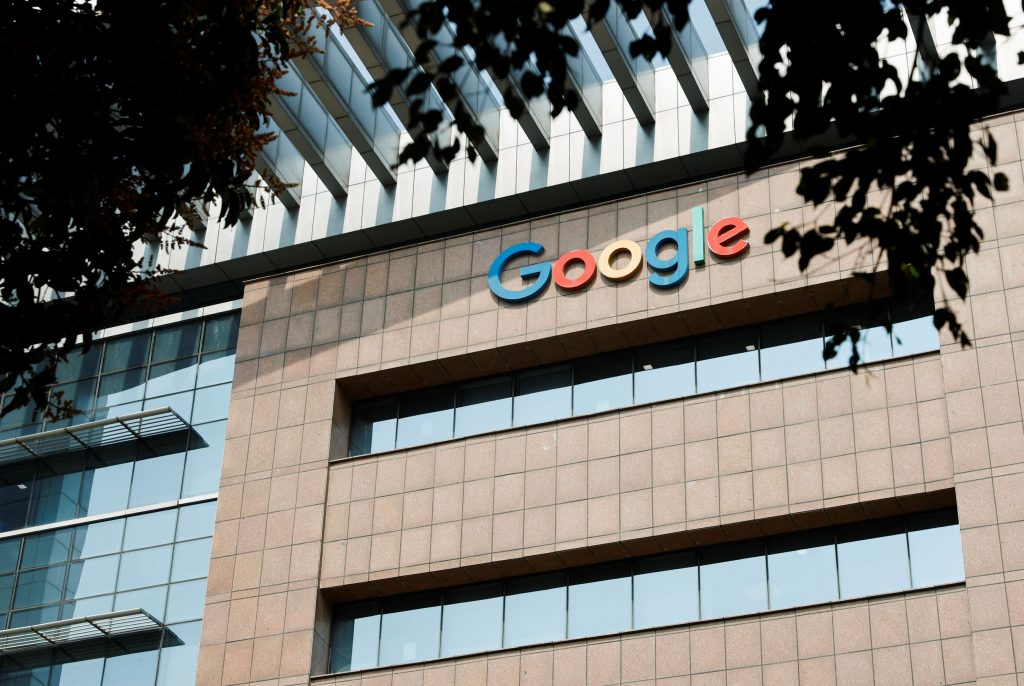Decades after automation began taking and transforming manufacturing jobs, artificial intelligence is coming for the higher-ups in the corporate office.
The list of white-collar layoffs is growing almost daily and include jobs cuts at Google, Duolingo and UPS in recent weeks. While the total number of jobs directly lost to generative AI remains low, some of these companies and others have linked cuts to new productivity-boosting technologies like machine learning and other AI applications.
Company executives and management consultants are also signaling that generative AI could soon upend a much bigger share of white-collar jobs . Unlike previous waves of automation technology, generative AI doesn’t just speed up routine tasks or make predictions by recognizing data patterns. It has the power to create content and synthesize ideas—in essence, the kind of knowledge work millions of people now do behind computers.
That includes managerial roles, many of which might never come back, the corporate executives and consultants say. They predict the fast-evolving technology will revamp or replace work now done up and down the corporate ladder in industries ranging from technology to chemicals.
“This wave [of technology] is a potential replacement or an enhancement for lots of critical-thinking, white-collar jobs,” said Andy Challenger, senior vice president of outplacement firm Challenger, Gray & Christmas.
Some of the job cuts taking place already are a direct result of the changes coming from AI. Other companies are cutting jobs to spend more money on the promise of AI and under pressure to operate more efficiently.
Meanwhile, business leaders say AI could affect future head counts in other ways. At chemical company Chemours , executives predict they won’t have to recruit as many people in the future.
“As the company grows, we’ll need fewer new hires as opposed to having to do a significant retrenchment,” said Chief Executive Mark E. Newman .
AI-related job cuts climb
Since last May, companies have attributed more than 4,600 job cuts to AI, particularly in media and tech, according to Challenger’s count. The firm estimates the full tally of AI-related job cuts is likely higher, since many companies haven’t explicitly linked cuts to AI adoption in layoff announcements.
Meanwhile, the number of professionals who now use generative AI in their daily work lives has surged. A majority of more than 15,000 workers in fields ranging from financial services to marketing analytics and professional services said they were using the technology at least once a week in late 2023, a sharp jump from May, according to Oliver Wyman Forum, the research arm of management-consulting group Oliver Wyman, which conducted the survey.
Nearly two-thirds of those white-collar workers said their productivity had improved as a result, compared with 54% of blue-collar workers who had incorporated generative AI into their jobs.
Google last month laid off hundreds of employees in business areas including hardware and internal-software tools as it reins in costs and shifts more investments into AI development. The language-learning software company Duolingo said in the same week that it had cut 10% of its contractors and that AI would replace some of the content creation they had handled.
Companies beyond the tech sector have embarked on similar AI transitions.
UPS said that it would cut 12,000 jobs —primarily those of management staff and some contract workers—and that those positions weren’t likely to return even when the package-shipping business picks up again. The company has ramped up its use of machine learning in processes such as determining what to charge customers for shipments. As a result, the company’s pricing department has needed fewer people.
The use of generative AI and related technologies is also changing some jobs at UPS “by reducing repetitive tasks and physical stress,” UPS spokesperson Glenn Zaccara said.

Google last month laid off hundreds of employees as it reins in costs and shifts more investments into AI development.
Middle-management collapse
As AI adoption grows, it is likely to reconfigure management hierarchies, the Oliver Wyman study projects. Entry-level workers are likely to bear the initial brunt as more of their duties are automated away. In turn, future entry-level work will look more like first-level management roles.
The cascading effect could flatten layers of middle management, the staging ground for senior leadership roles, according to the analysis.
More than half of senior white-collar managers surveyed in the study said they thought their jobs could be automated by generative AI, compared with 43% of middle managers and 38% of first-line managers.
Still, business leaders across the economy say they expect the new technology will augment and elevate some white-collar roles, giving employees and managers the means to do more meaningful work—both for their companies and in their careers.
At Prosus, a global technology-investment group based in the Netherlands, executives say that is already happening as AI automates more of its workforce’s tasks.
“Engineers, software developers and so on can do the work twice as fast,” said Euro Beinat, Prosus’s global head of AI and data science. “One of the side effects is that a lot of these employees can do more and do slightly different things than we were doing before.”
Prosus’s web designers, for instance, used to ask software developers to do the coding. Now they can do it themselves, Beinat says. Meanwhile software developers can focus more on design and complex code. It is “a seniority boost,” he said.
At Chemours, a DuPont spinoff, the company has trained close to 1,000 office and lab workers in AI applications over the past three years. As a result, finance professionals who used to prepare certain reports with a lot of copying and pasting between systems and spreadsheets now do it much faster because of their training with no-code analytic tools, said Matt Abbott, chief enterprise transformation officer at Chemours.
“The finance team is now able to use their time on other business-critical projects rather than constantly running system queries,” Abbott said.
Write to Ray A. Smith at Ray.Smith@wsj.com











